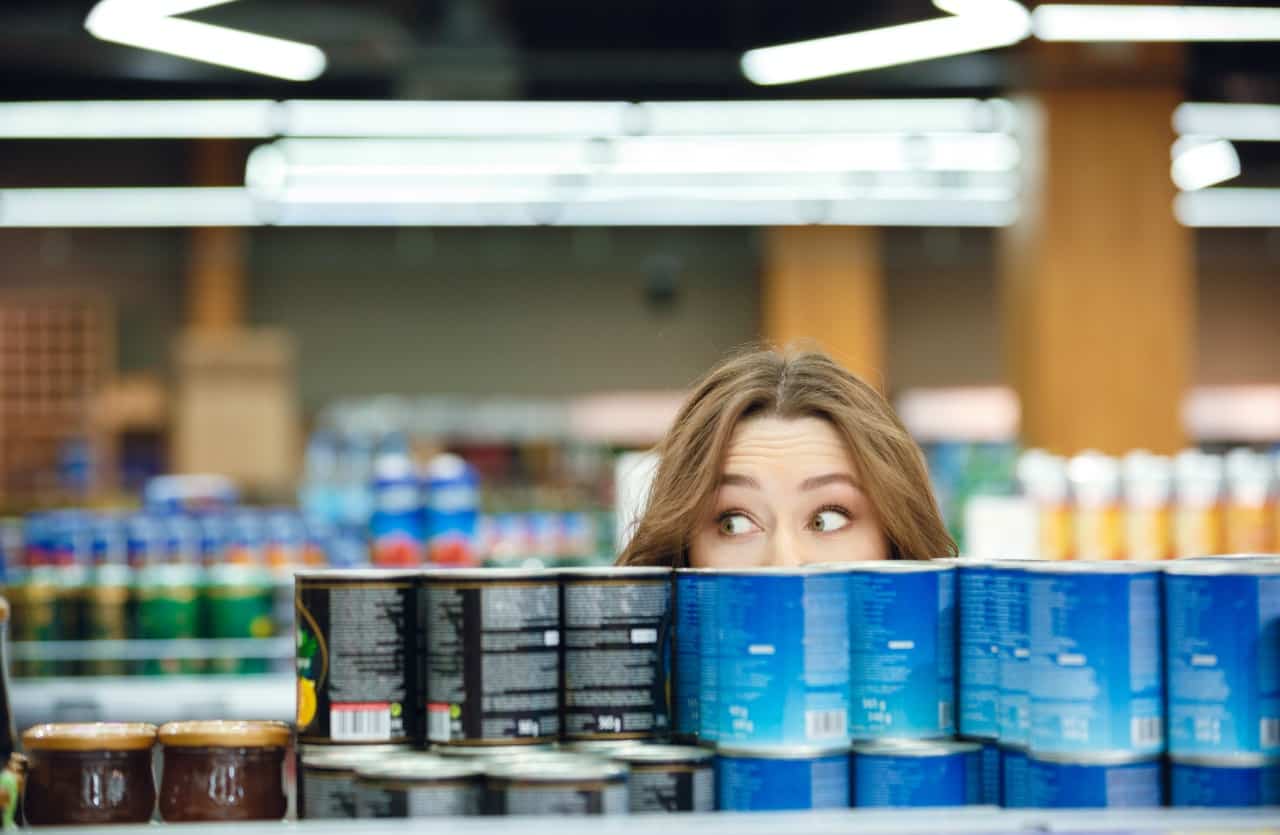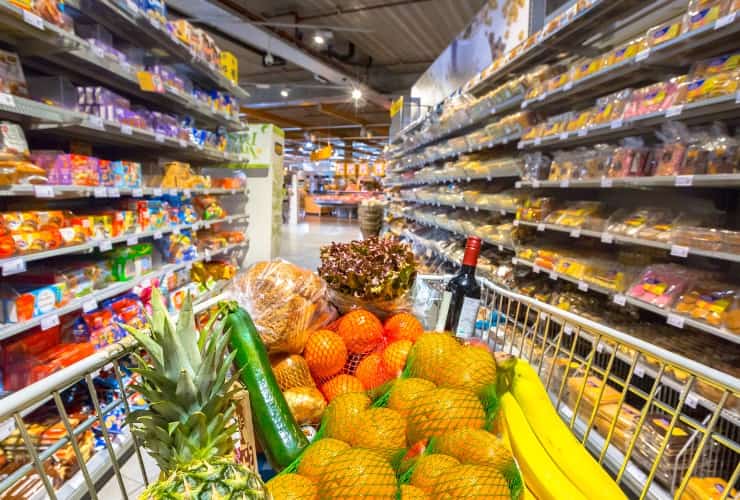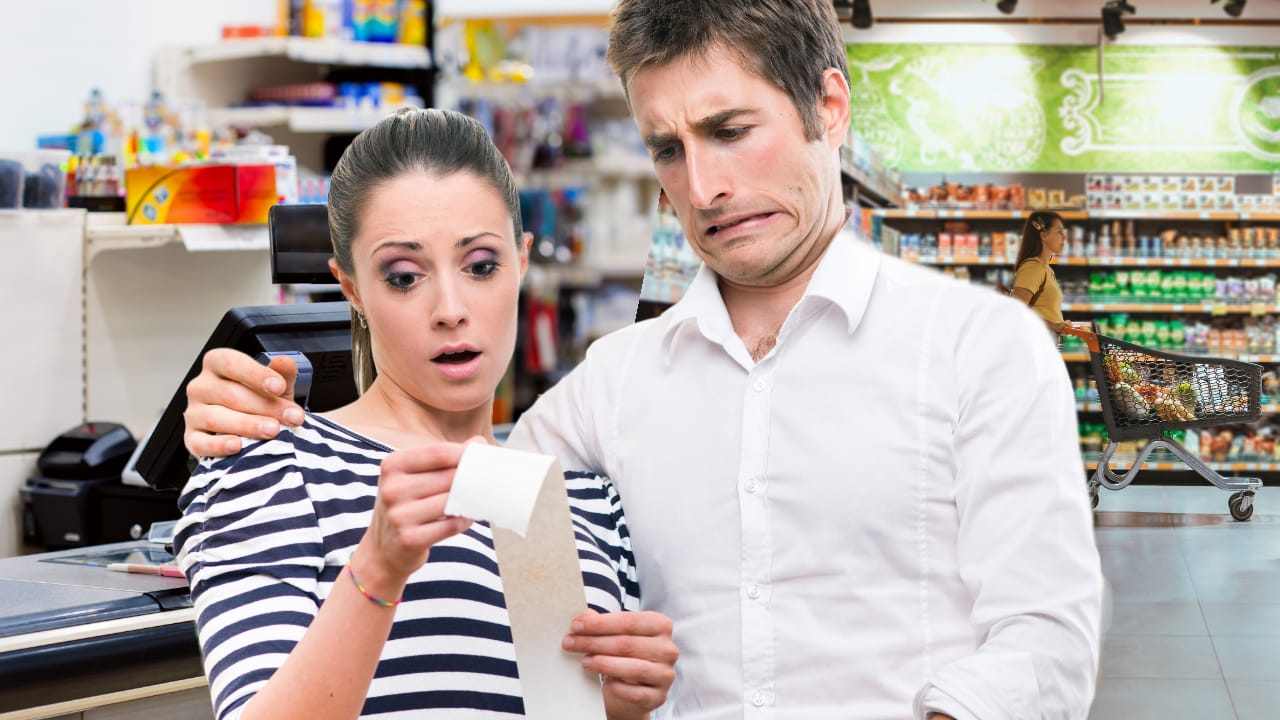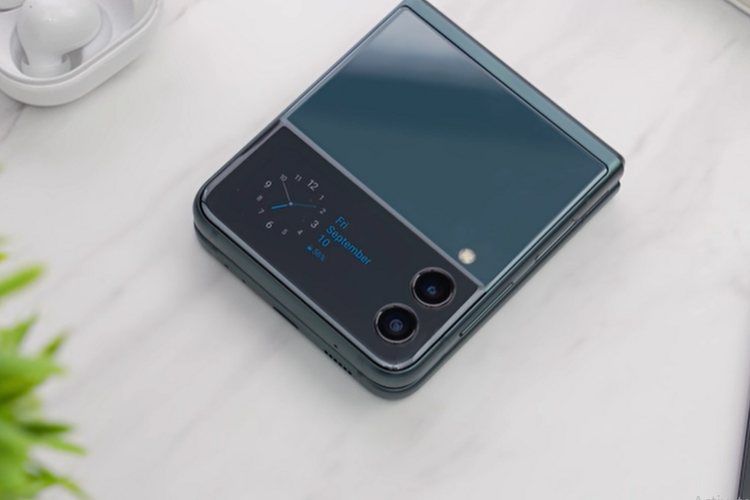Supermarkets want to sell their products in every possible way. Therefore, they resort to psychological marketing strategies to increase customer consumption.
Everything is designed so that those who enter the supermarket end up buying products that they did not have in mind at the time of shopping.
The strategies of the supermarkets
Most of us enter with a shopping list in our wallet (someone prepares it and leaves it at home …), so as not to forget the purchases to be made, but invariably we leave the supermarket with much more in the cart.
Finally in the car, unloading the shopping bags, one wonders why … Well we have been unaware of what are real market strategies, all aimed at a single purpose: to make us spend more.

First point you play with the senses. Silence is unacceptable in a supermarket, which is why we always find music. And even if we think it is chosen at random, it is not.
A certain type of music encourages you to go by slower and calmly in the buying process, while if the music is faster we will buy even faster.
Colors also play an important role in tricking the eyes. So in the butcher’s shop you could see a pink color used to make the meat appear redder, while in the fish shop a more white and bluish color is used to highlight the scales and the freshness of the fish.
How the shelves are arranged. It is proven that the consumer buys what is at or just below eye level. For this reason the most expensive products can be found there while to find the cheaper ones have to bend over.
Chocolate bars or treats in general are usually at an accessible height so that the little ones can pick them up without any problem.
Basic products, at the bottom of the supermarket
If chewing gum, candies and all those trinkets, which children like so much, are usually found right next to the checkout counters, everything related to basic necessities I’m right at the bottom.
This forces us to do it slalom between lanes and trolleys to reach the bread counter.
Therefore, generally, all the essential products, and basic in the purchase, are placed at the end of the store so that consumers walk through more corridors and see the so-called “irrational products”, ie those that they did not intend to buy but that end however in the basket or cart.
In the end, before we know it we have filled the cart, and we are still halfway through the list that did not include the purchase of other products, thus inflating the receipt!

–
How many times have we spent time researching sugar? It is true that some report at the beginning of the lane of the indications, but between the length of the same lanes (with two wings), the height and the various nicheswe end up passing in front of shelves of products that we had no intention of buying!
Don’t worry, you are not alone with this feeling of dismay: supermarket sales strategies they are a science perfected in detail for decades. Proof that it works are the carts, which are getting bigger and bigger to give you the feeling of not having bought enough…
–


